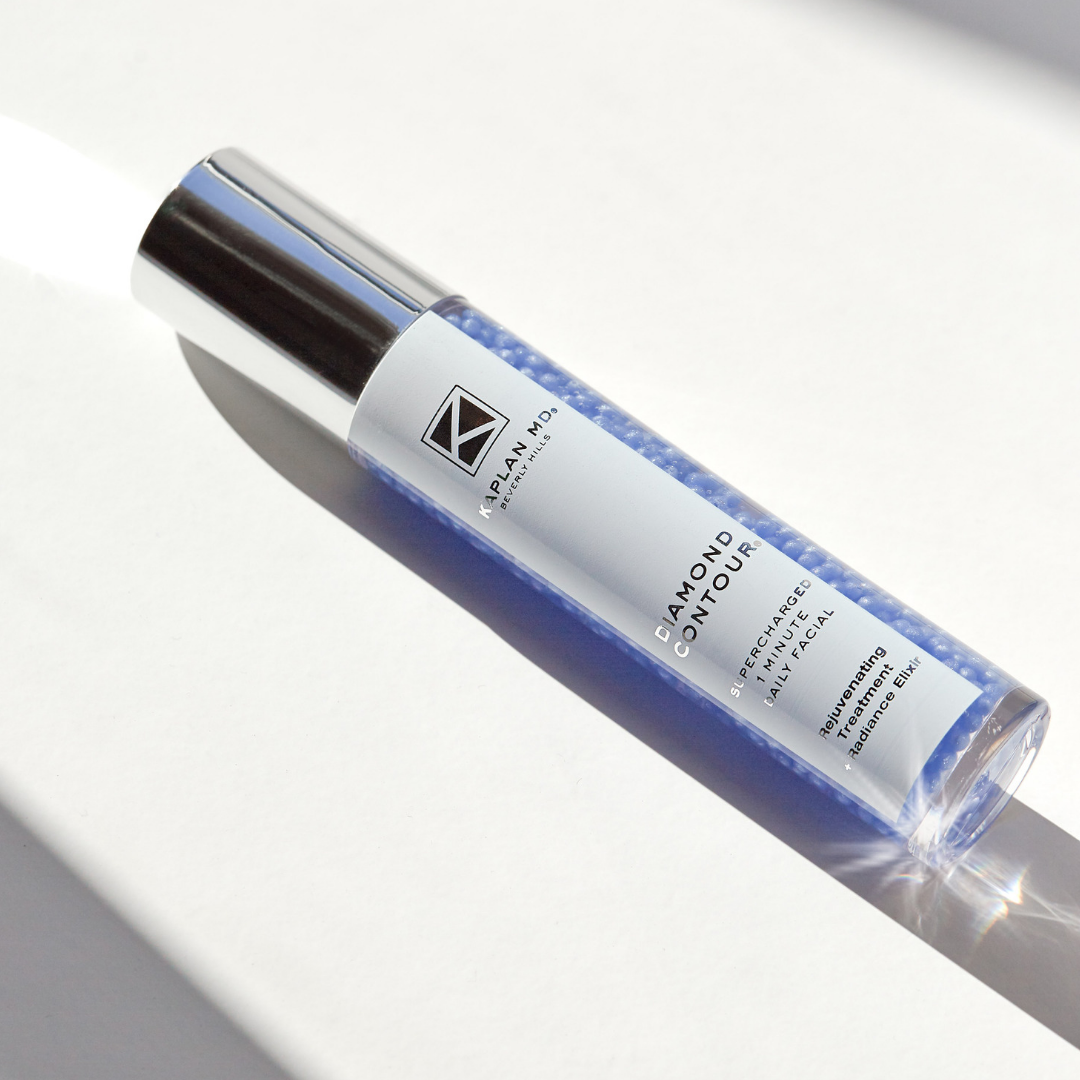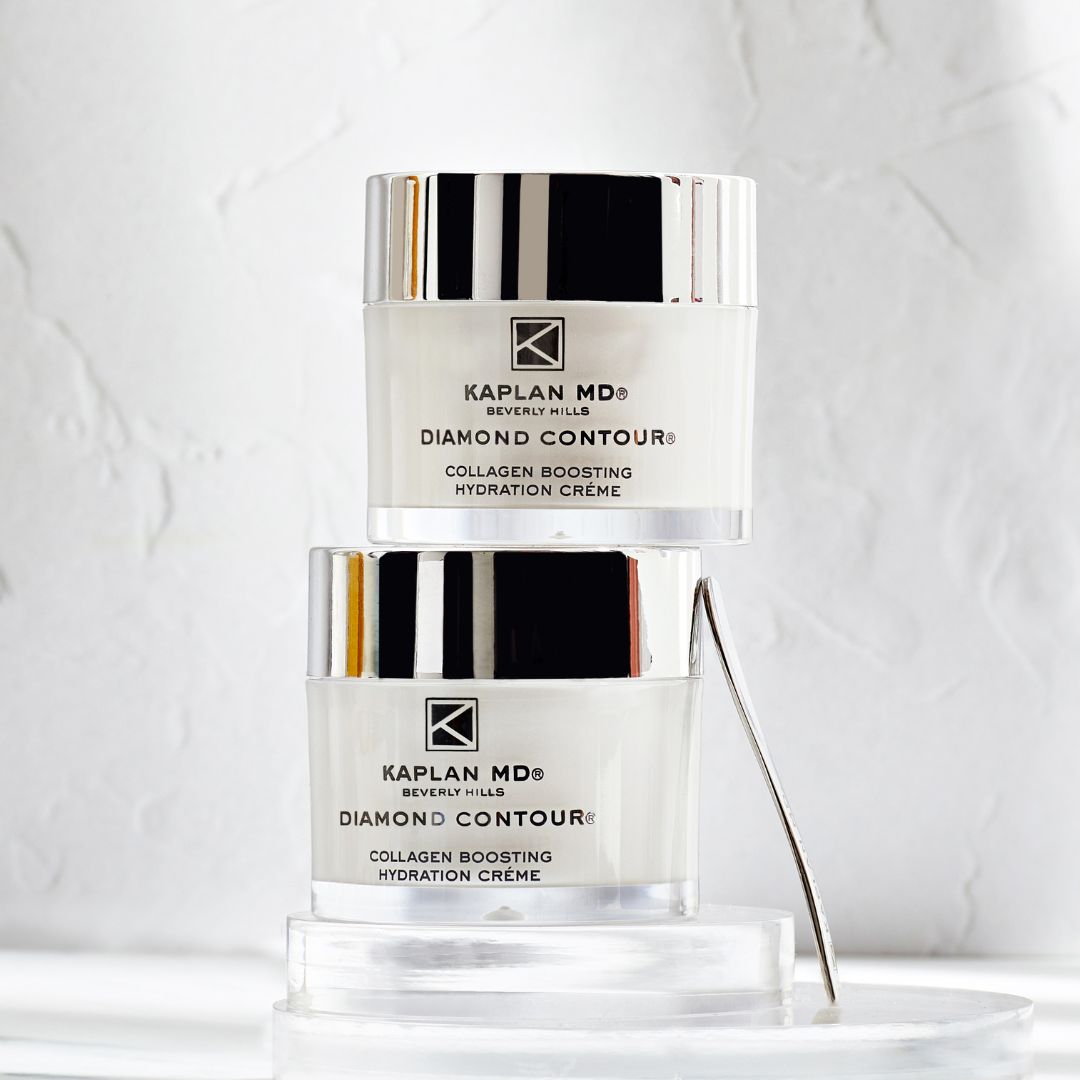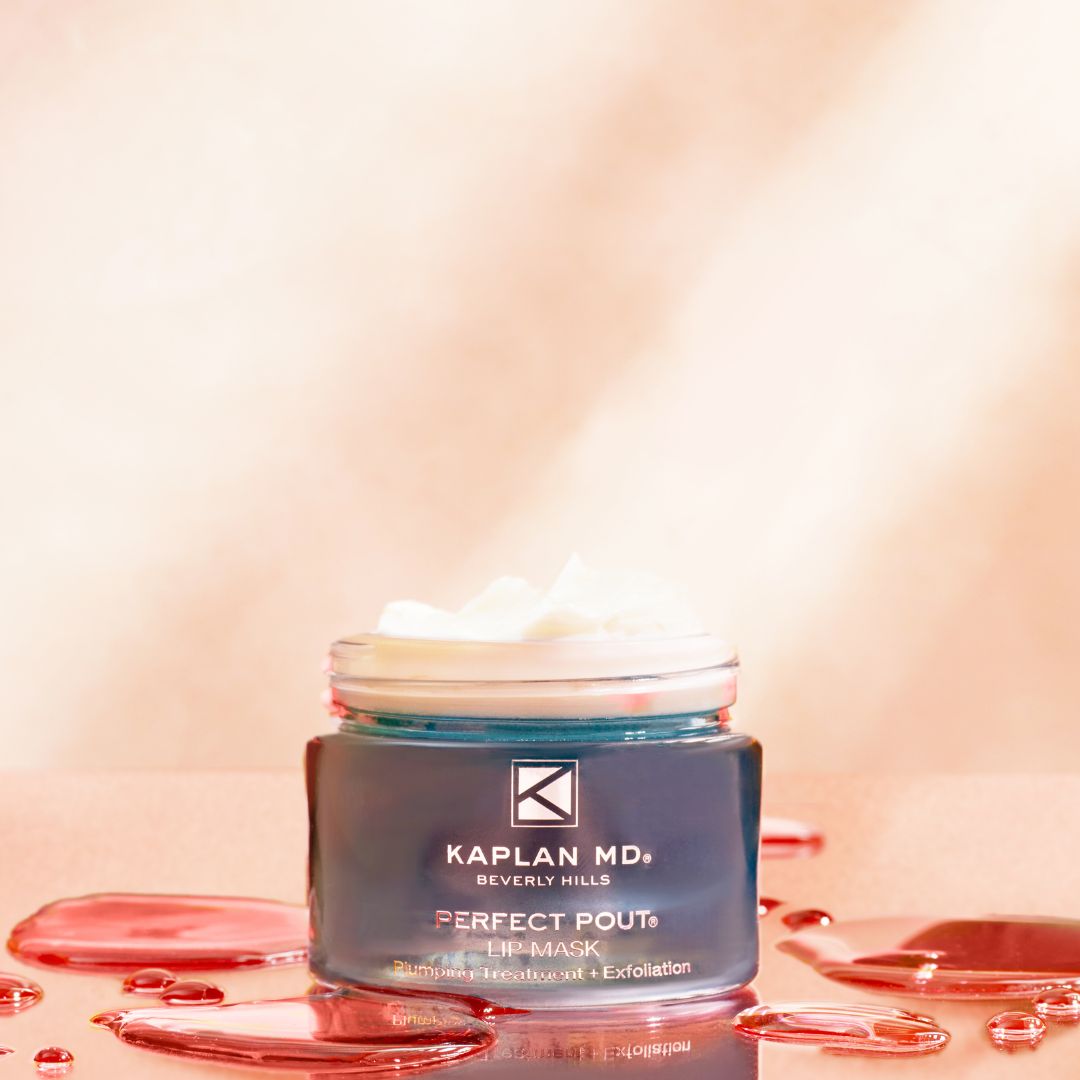Your Cart is Empty
Hurry! 35% Off for a Limited Time Only. Shop Now
Hurry! 35% Off for a Limited Time Only. Shop Now
Bestsellers
Skincare
Collections
Last-Ditch Resistance: What Is The Role Of Food?
February 01, 2016 3 min read
The sudden recognition of last-ditch antibiotic resistance moving across the globe—via mcr-1, a newly identified gene that protects bacteria against the action of the last-resort antibiotic colistin—vanished from the news this past month as concern for Zika virus ramped up.
But it’s about to become important again. Two letters published in Lancet Infectious Diseases, the journal that has published all the revelations of MCR, reveal a worrisome new development: In both humans and animals in China, bacteria have been found that harbor both MCR, and also NDM, the last perilous superbug gene, which confers resistance to a crucial class of drugs called carbapenems.
In the last set of publications about MCR several weeks ago, researchers revealed that bacteria with MCR resistance were doing the equivalent of assembling a winning hand at cards, shuffling the DNA for different resistance factors into shared mobile genetic elements that are capable of transferring among bacteria. With the acquisition of NDM, the hand gets stronger—and the bacteria, closer to lethally untreatable.
Hong Du and colleagues report that, once MCR was identified last November, they went back into the sample banks of a hospital in Suzhou, China. They found four bacteria possessing mcr-1, two E. coli and two Klebsiella, that were collected between January 2013 and November last year. The bacteria came from three patients, two inpatients and one outpatient, and two of the samples, the Klebsiellas, also carried ndm-5, which confers resistance to the carbapenems. The researchers say this is “of great global public health concern.”
Xu Yao and colleagues, from the team that initially identified MCR, separately report a further discovery of a different MCR-NDM combination, from the initial analysis of human, food and animal samples that first yielded MCR. They found:
…one E coli strain, THSJ02, recovered from a chicken wing sample purchased at a large supermarket in Guangzhou in July, 2014, was resistant to all antimicrobial drugs tested except doxycycline and tigecycline… This strain carried blaNDM-9, fosA3, rmtB, blaCTX-M-65, and floR, accounting for carbapenem, fosfomycin, aminoglycoside, cephalosporin, and florfenicol resistance, respectively, in addition to mcr-1 accounting for colistin resistance.Here, they say, is why this is mysterious and critical:
Recovery of an E coli strain co-producing MCR-1, NDM-9, and FosA3 from chicken … is concerning since carbapenems and fosfomycin are not approved for use in food animals in China. Given that colistin and carbapenem-resistant E coli can be found in retail meat, and that the resistance genes for crucial antimicrobials are located on conjugative plasmids, such strains might colonise the human intestinal tract and transfer the resistance plasmids to other Gram-negative pathogens, which might result in untreatable infections.It’s been clear from the first identification of MCR that the use of last-ditch antibiotics in agriculture is driving its emergence—completely legal use in the case of colistin, as I explained in this analysis of European colistin-use statistics. It’s hard to know, at this point, where the resistance in these newest results comes from, since as the authors say those drugs are not used legally in Chinese livestock. Were they used without authorization? Did the resistance migrate from animals or livestock originating in countries with less oversight than China now applies? Or, since the finding came from an animal part that had been handled several times—at slaughter while being butchered while being packaged or displayed—does it represent human contamination, and from whom? If there is any good news to be found in these reports, it is that MCR and NDM are not moving together. Both sets of researchers say that mcr-1 and the two varieties of the NDM gene are housed on separate plasmids, the mobile genetic elements that can move between organisms. So MCR and NDM resistance have not combined in a single mobile element. Nevertheless, as these dire resistance factors combine and move, it’s going to be crucial to try to identify their sources—possibly healthcare, possibly people in the community, very likely food—and to attempt to slow their march toward an invincible combination. Via National Geographic: http://phenomena.nationalgeographic.com/2016/02/01/colistin-r-8/
Also in Medical
Get 15% Off Your First Purchase
Stay in the loop with exclusive discounts, expert skincare tips, the latest news, and more. Don't miss out on the opportunity to elevate your skincare routine and save on your favorite products.











